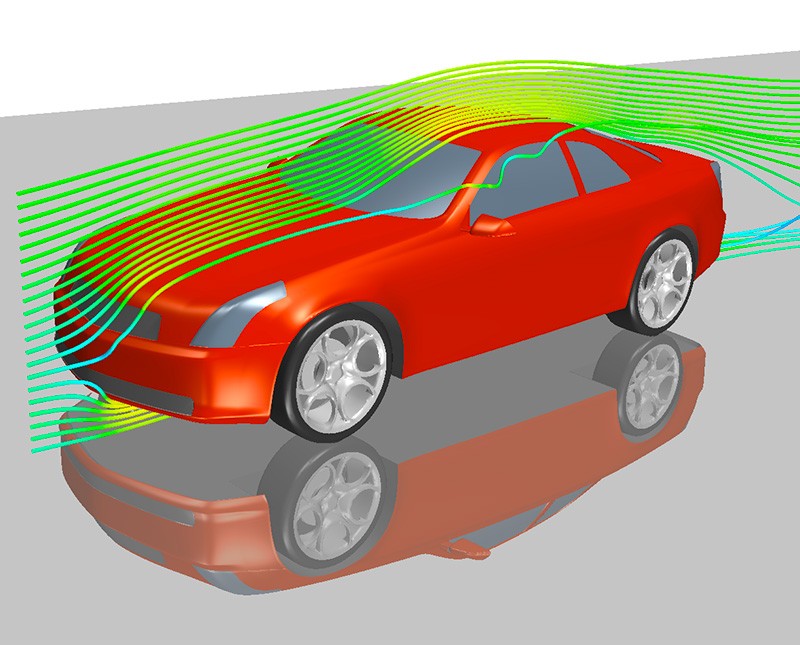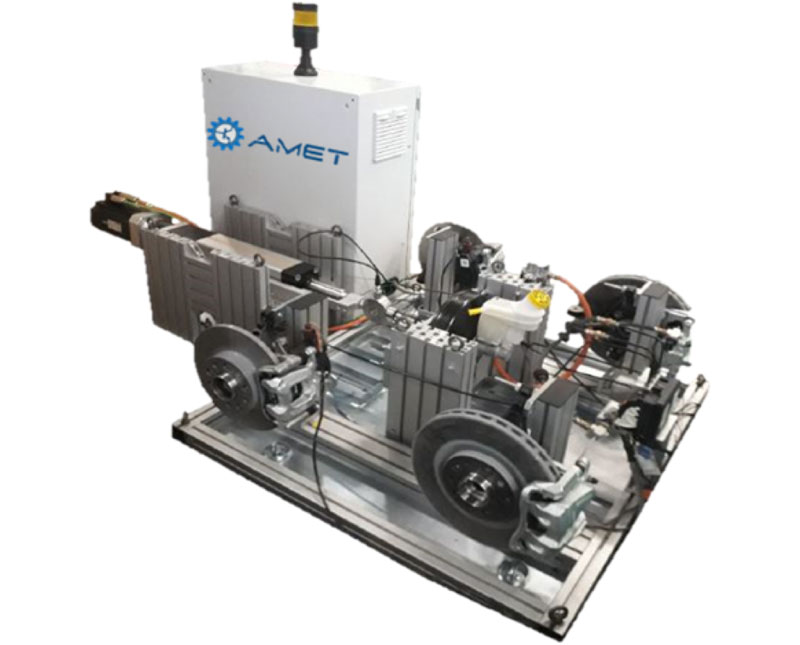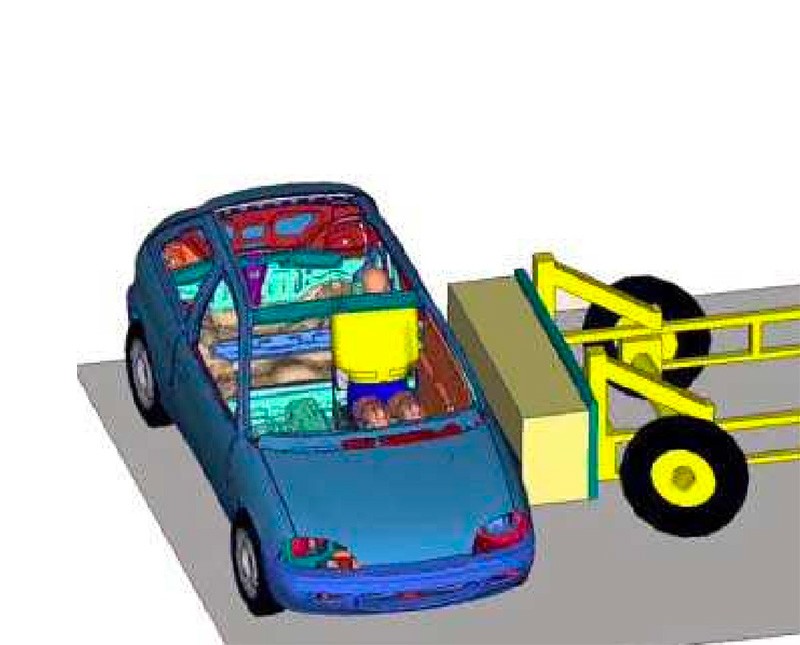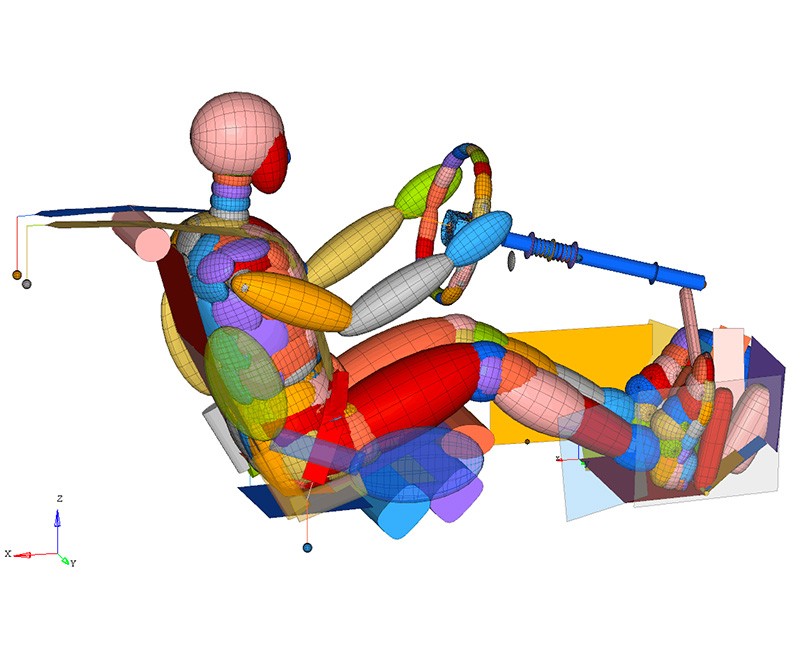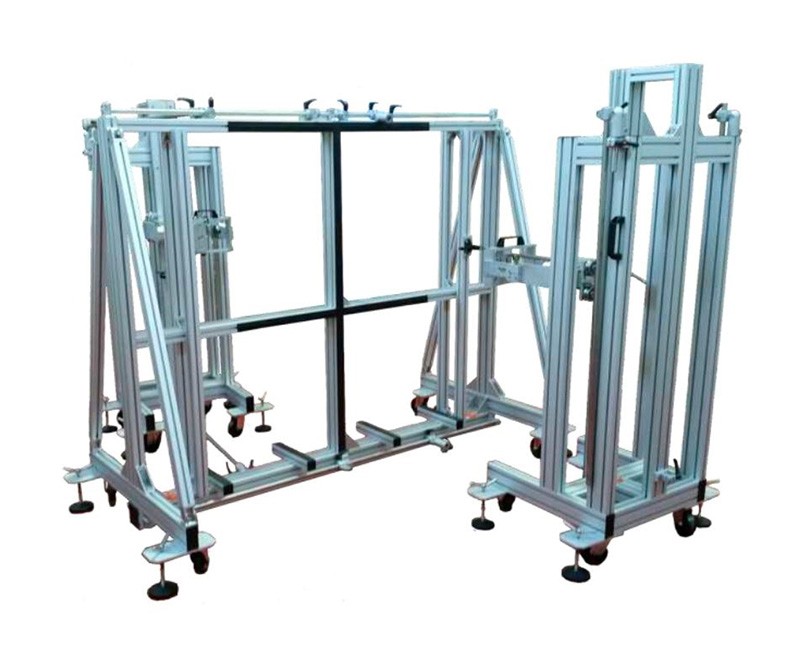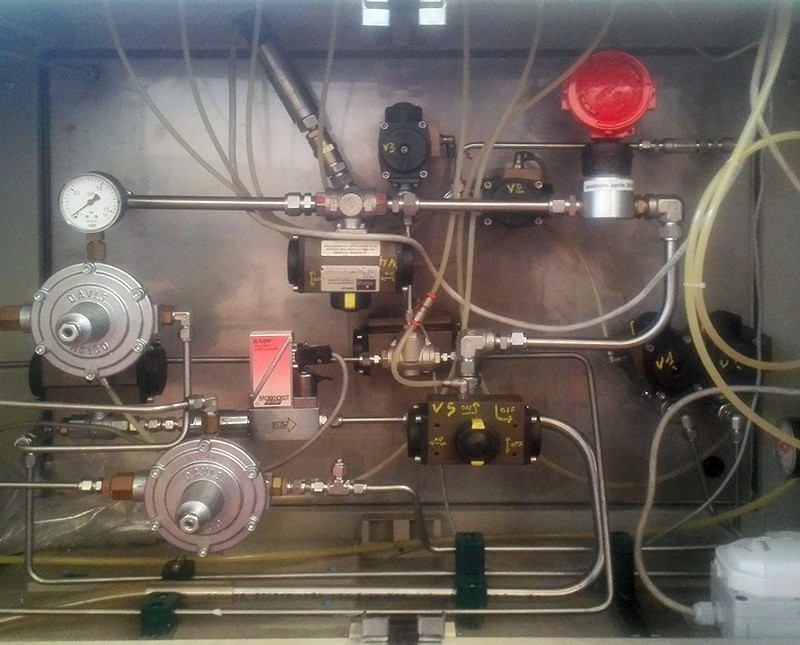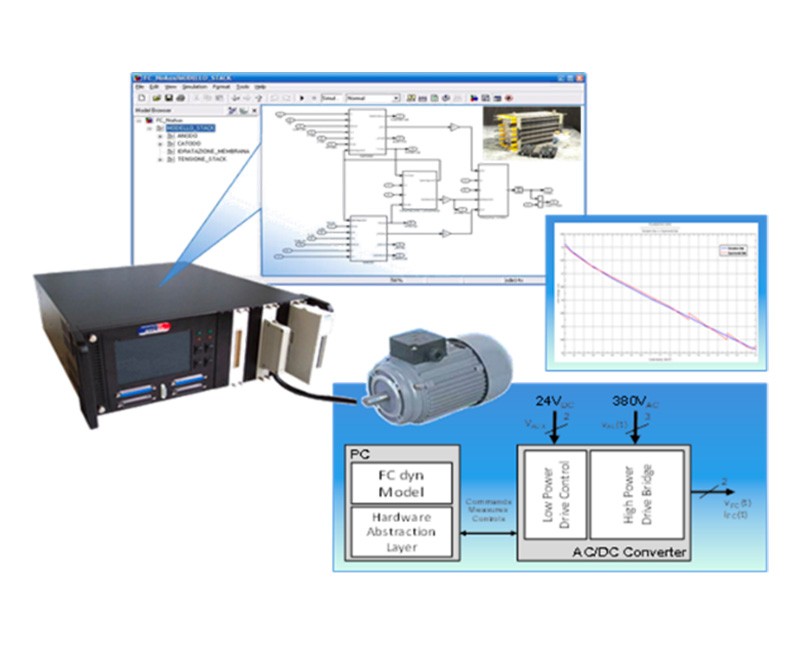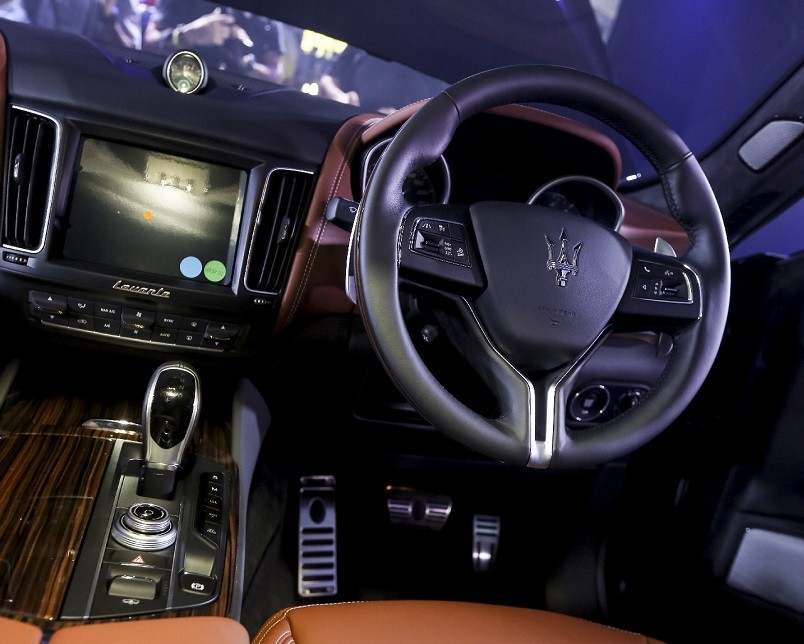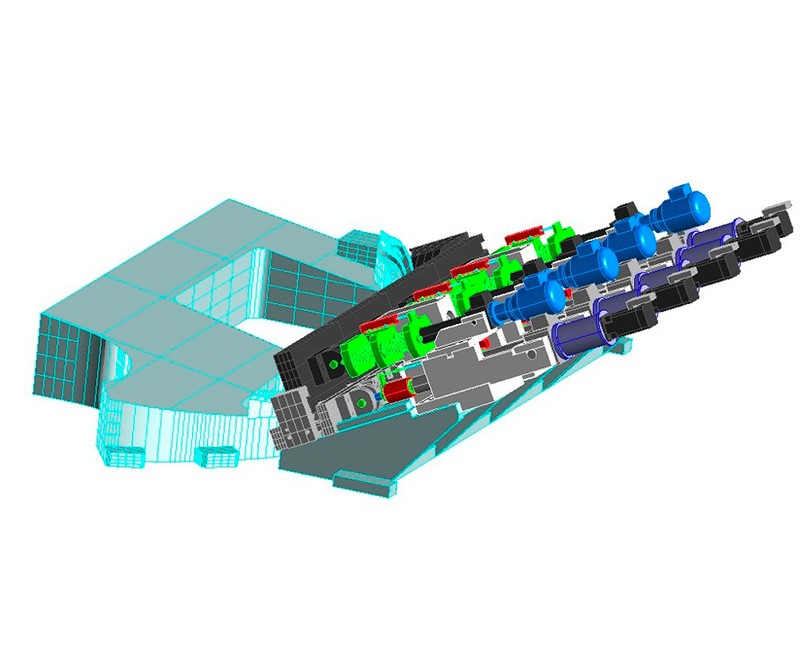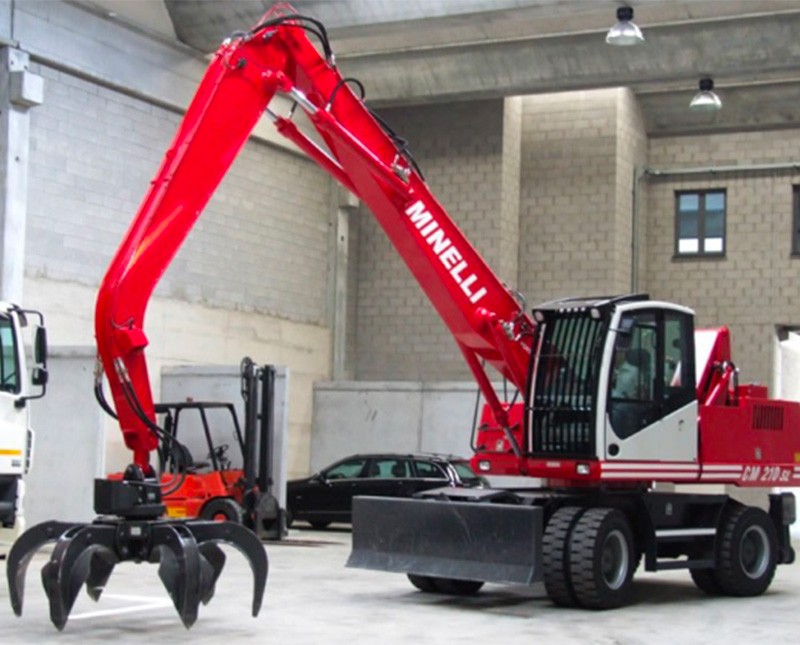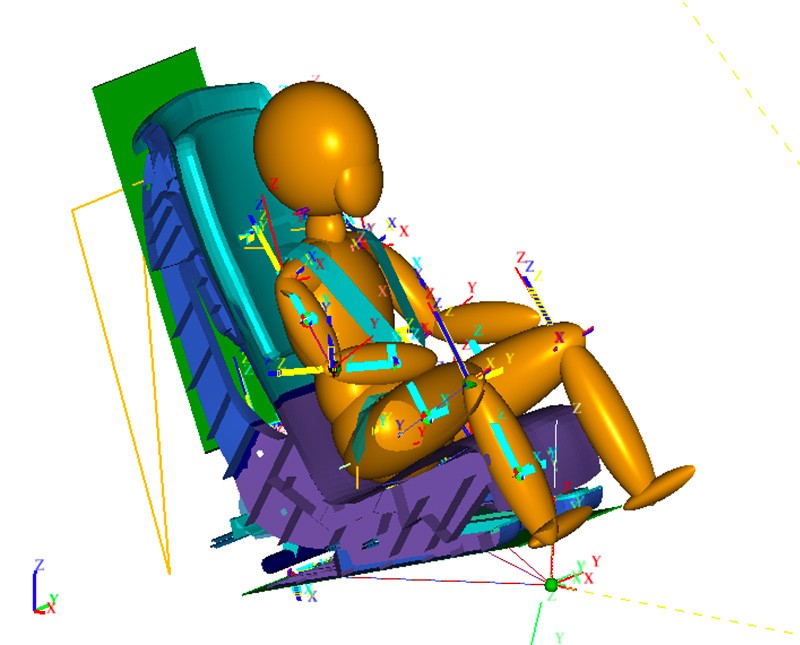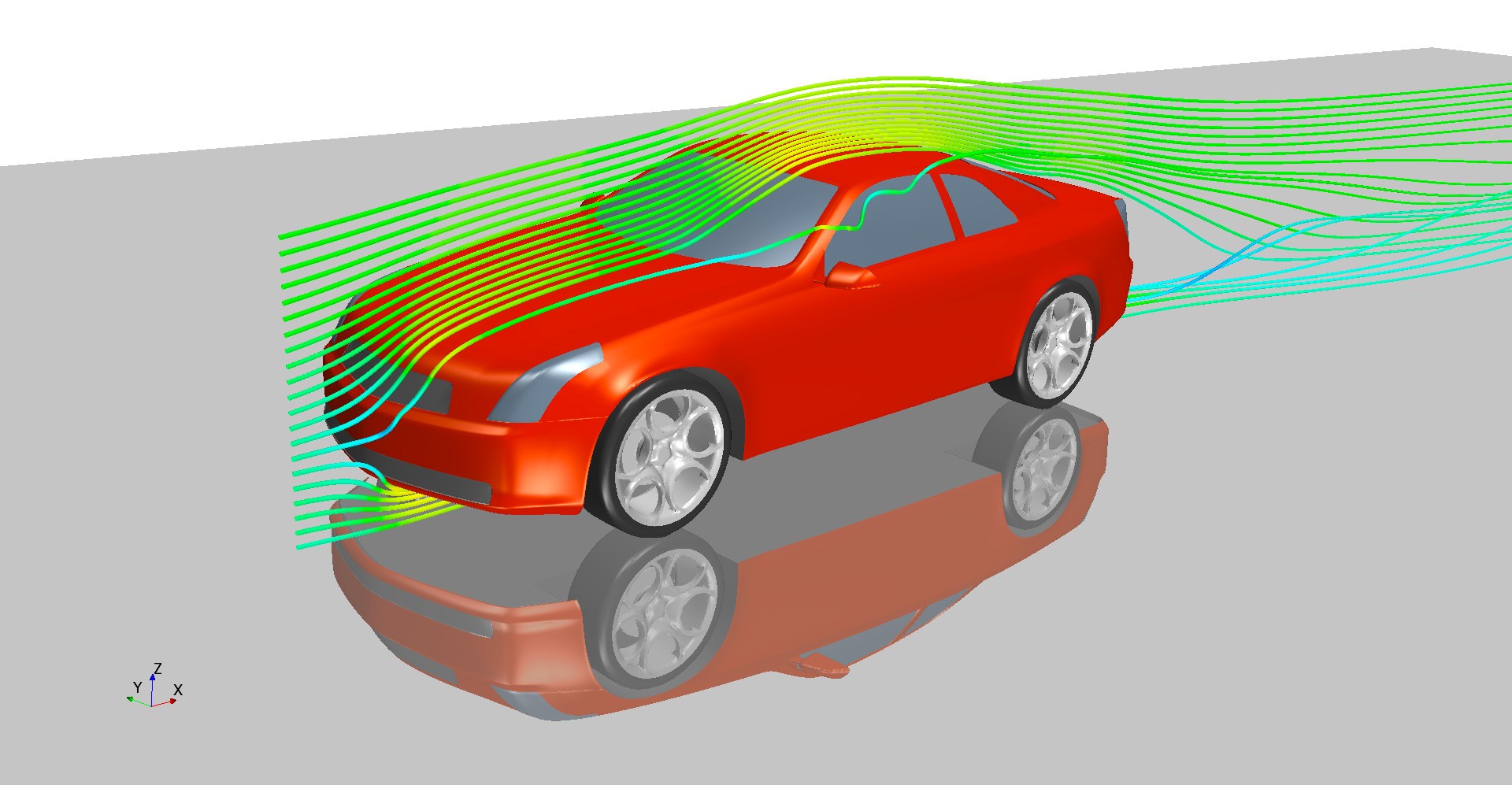
Main target
Virtual aerodynamic analysis allows the study of the air-flow over the vehicle with the aim of calculating the aerodynamic forces acting on it.
Over long distances, air resistance is the factor that hinders most the vehicle’s advancement, having good aerodynamics implies greater autonomy and therefore lower fuel consumption.
Description
- CFD (Computational Fluid Dynamics) modelling of the vehicle starting from the drawings provided by the design office
- Aerodynamics of the style or the complete vehicle (engine compartment, radiators, mechanized underbody), analysis of the air-flows in the engine compartment and in the passenger compartment, also considering thermal exchanges
- Design support by validating the numerical models correlating them with the results of the tests conducted in the wind tunnel
Benefits
There are many advantages that virtual aerodynamic analysis allows for. For instance:
- the possibility of analyzing different design solutions by minimizing the construction of physical prototypes and wind tunnel tests, therefore advantages of an economic nature and development times;
- reduction of fuel consumption and noise level;
- greater vehicle stability at higher speeds;
- optimization of vehicle thermal management (from passenger compartment air conditioning to heat flows inside the engine compartment).


